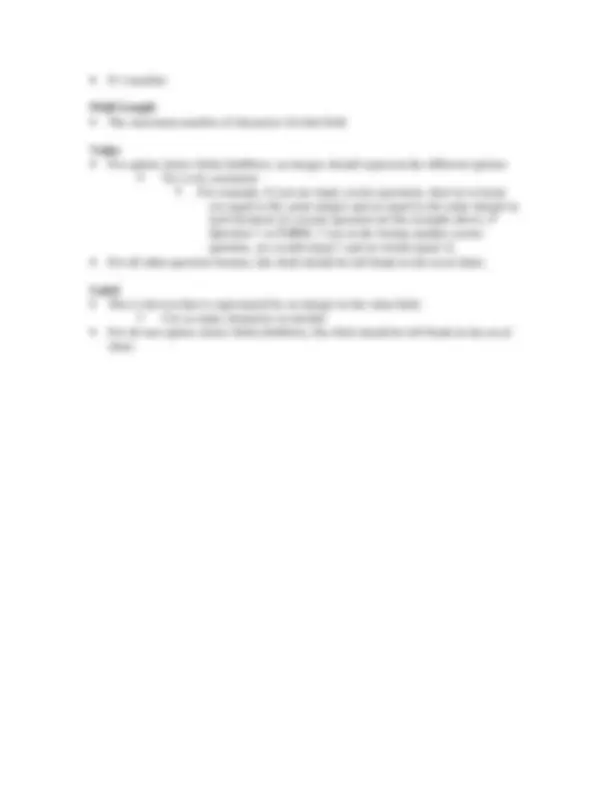



Study with the several resources on Docsity

Earn points by helping other students or get them with a premium plan


Prepare for your exams
Study with the several resources on Docsity

Earn points to download
Earn points by helping other students or get them with a premium plan
Community
Ask the community for help and clear up your study doubts
Discover the best universities in your country according to Docsity users
Free resources
Download our free guides on studying techniques, anxiety management strategies, and thesis advice from Docsity tutors
Instructions for creating a data dictionary using the data dictionary template.xls. It includes an example of how to assign unique variable names, descriptive field information, field types, lengths, and value labels for different forms and questions.
Typology: Schemes and Mind Maps
1 / 2

This page cannot be seen from the preview
Don't miss anything!


Instructions for creating a data dictionary using Data Dictionary Template.xls
Example to refer to:
Column/Field Name
Column/Field Description Field Type
Field Length
Value Label
RDATE Date From Completed D 10 PID Patient Identifier numeric N 3 FORM_1 Description of FORM_1 N 2 FORM_2 Description of FORM_2 D 10 FORM_3 Description of FORM_3 N 1 1 Yes 2 No FORM_4 Description of FORM_4 N 2 1 < 1 year 2 1-2 years 3 3-4 years 4 5 years 5 > 5 years 88 Don't know FORM_5 Description of FORM_5 C 30 FORM_6 Description of FORM_6 N 2 1 Yes 0 None 88 Don't know
Column/Field Name
Column/Field Description
Field Type
Field Length
Value
Label